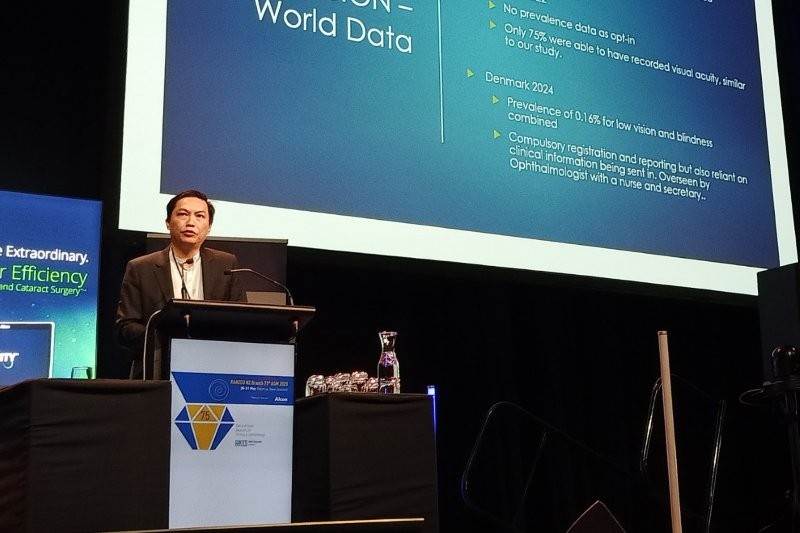Becoming the community cornerstone…
One of the typical challenges in the development of a retailer’s network is how you can bring to life your brand proposition in a consistent way that serves as a beacon to shoppers, that is not only effective and cost efficient, but engaging to the local catchment?
In my time as a retailer, and especially in a marketing capacity, there is a huge tension in getting the economies of scale possible from a brand experience vs. injecting new, local, personality and community-connections into bricks and mortar environments.
What we do know is that smaller, individual retail businesses can build incredibly powerful (and profitable) propositions from highly-personalised service; being recognised “as a local”; and having their finger on the pulse to build localised-product ranges. What lessons we take from that is the successful retailer’s ability to adapt, tailor and keep their ear to the ground to best connect with the heart and soul of their community!
The retail store is the single, most-important manifestation of a business’ brand and retail proposition. It brings to life the idea, purpose, reason-for-being and the environment to build relationships. It is the concept that shoppers are buying into when they choose a store and, often, it’s that brand relationship that they take beyond.
A key, recognised trend in retail is becoming a ‘community cornerstone’. An idea whereby retailers are bringing their core set of values to life in a way that connects with their local community.
One example of this concept executed well, is Canadian lifestyle brand Lululemon’s newest store in Bondi Beach, Sydney. The shop acts as a community hub to facilitate connection and conversation with innovators, creators and water-obsessed, sweaty enthusiasts. This smaller, hyper-local store celebrates the iconic beauty and active lifestyle of the area. Custom work by a local artist is the focal point of the store with two large murals which span the dedicated community space – an ideal environment for meetings, co-working and connection. Lululemon stores in New Zealand are doing similar things by, for example, running yoga classes in their stores.
What makes a store experience local?
It is never just one thing, but rather a combination of factors and emotions that lead customers to connect with a particular store. That means that retailers need to offer more than just a place to buy stuff. They need to offer a space to interact and transact in culture, experiences and relationships. This requires a whole lot of different thinking in order to learn how to ‘be the hub.’ Just having a “Hello” on the wall or a picture of a mountain won’t be enough!
Knowing and respecting the environment you’re in and the concerns of your customers by giving back to the community, ultimately builds a stronger sense of loyalty and pride for the consumer towards the retailer.
Loblaws, a Canadian-based grocery chain, has a strong community of people wanting to become healthier attending their daily nutrition classes; a natural extension to its offering.
As we see more and more shoppers, especially millennials, valuing experiences over simply buying stuff, and wanting to know more about and participate in the development of a product, it is time more retailers started to consider what role they can play within their communities and what would make a real difference to their shoppers. Being a community cornerstone could ultimately be the difference in defining your store from the competition, and building a brand that has meaning and a business that is profitable.
About the author
Juanita Neville-Te Rito, is the founder of retail specialist consultancy, The Retail Collective. With more than 25 years' experience in the industry and a personal passion for shopping, she is full of insights that can transform the brand experience provided by retailers at every level. For more information contact Juanita on +64 274 768 073 or juanita@theretailcollective.co.nz.


























